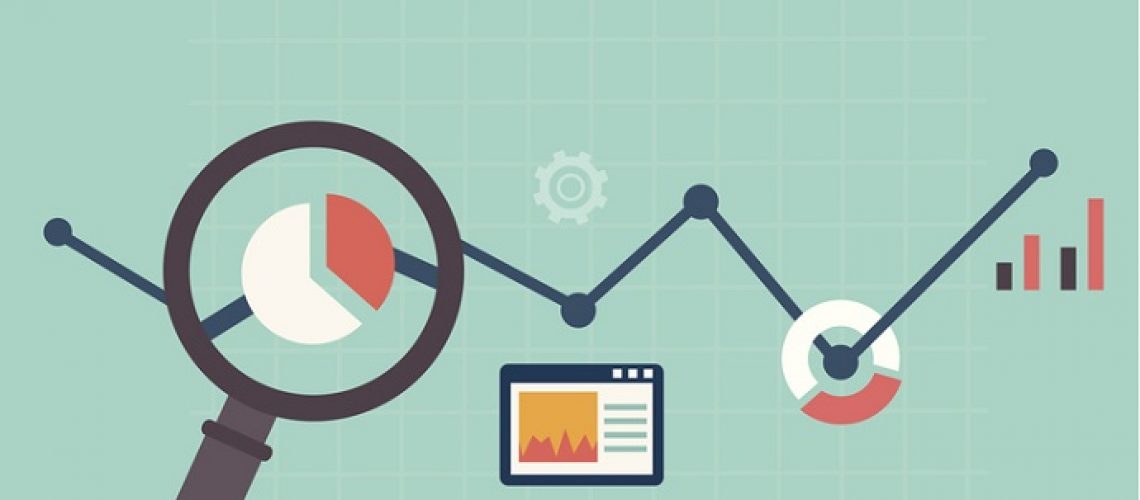A poor patient experience with the hospital billing department can have an impact on patient payments and financial responsibility, according to a new survey published by Connance.
The Connance Consumer Impact Survey of 2018, which included responses from 500 patients, revealed that the encounters with the hospital business office can affect patient payments.
Just over 75 percent of patients paid their bills either in full or in stages when they were satisfied with their billing department experience. Only about 50 percent of patients reporting a very bad experience did the same.
This is not to say patients having a bad billing department experience are withholding payments as a punitive measure. Instead, it suggests that patients with surprise medical bills or complicated medical bills aren’t always able to make payments or do not know how much they owe, the survey authors suggested.
And although the number of patients saying they are very or more than satisfied with their billing experiences continues to grow, there is significant room for improvement, the survey authors said. Billing departments can transform their patient interactions from reactive to proactive, for example. Proactively interacting with patients about their financial responsibility could mitigate unexpectedly high hospital bills.
Currently, this pre-service engagement isn’t happening, the survey showed. Only 35 percent of respondents said they were notified by a billing office about their financial responsibility prior to a scheduled hospital service or encounter.
And while patients who face higher financial responsibility do receive more pre-service engagement, hospitals are still leaving a lot to be desired. More than half of high balance patients are going into their hospital encounters blind as to how much they will owe.
Patients aren’t happy with this limited price transparency, the survey added. More than a quarter of patients with a bill under $100 said they wish they’d been notified of their out-of-pocket costs before the care encounter. That number jumps to nearly 75 percent of patients when looking and those who owed between $500 and $1,000.
Instead of these proactive patient engagement efforts, most organizations are interacting with patients reactively. When patients face higher bills or unexpected medical bills, they are more likely to call the billing office.
Fewer than 25 percent of patients with a bill under $100 called or planned to call the hospital billing department. Conversely, just under 75 percent of patients with a bill over $1,000 called or planned to call the billing office.
The survey also revealed generational differences in how patients interact with the billing department. Younger patients were much more likely to be impacted by an interaction with a hospital billing department. About half of patients ages 27 to 39 said a billing department interaction could influence their likelihood to recommend that facility to a friend.
Fewer than 25 percent of patients over age 65 said the same.
There were also differences in bill payment preferences. Most patients ages 27 to 39 said they want to pay their bills using an online portal. The majority of patients over age 65 said they would prefer a mailed bill or providing credit card details over the phone.
Younger patients also tend to be more inconsistent when it comes to choosing their providers. Forty-five percent of patients ages 27 to 39 said they used at least two hospitals within past year. Eighty percent of patients over age 65 said they have visited the same facility over the course of the past year. This provides important insights for revenue cycle officers as payment models continue to favor more in-network care.
Although more than half of patients said their billing department interactions were at least more than satisfactory, they did identify areas for improvement. Most popular suggestions included creating more payment options, designing patient-centered and simplified medical bills, and providing access to patient self-service payment portals.
Between complicated medical bills and insurance benefits design, medical professionals can improve the patient billing process by driving better patient education. About a quarter of patients do not know what an explanation of benefits is, the Connance survey showed, and other data suggests that insurance design and medical bills are main contributors of surprise medical bills.
As patients continue to bear higher financial responsibility, medical billing offices may consider making more patient-centered payment processes. This could improve the patient experience with their care, and make it clearer and easier for patients to make their bill payments.
——————————————————
Photo courtesy of: Patient Engagement HIT
Originally Published On: Patient Engagement HIT
Follow Medical Coding Pro on Twitter: www.Twitter.com/CodingPro1
Like Us On Facebook: www.Facebook.com/MedicalCodingPro







